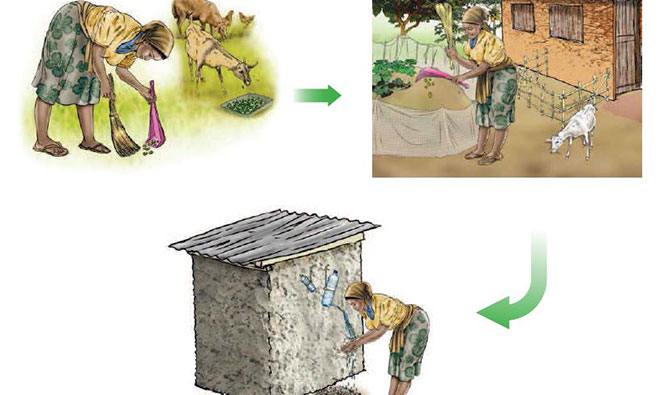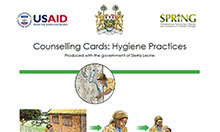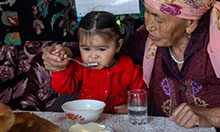
A central part of SPRING’s work is to share learnings on how to implement effective nutrition programming. As more countries are moving ahead with efforts to end malnutrition globally, the need for large-scale implementation and impact has never been greater. While actors often know what kinds of interventions they need to conduct to combat malnutrition, these interventions are not always carried out with sufficient quality or scale to make the needed impact. That is why more and more implementers, researchers, and other partners are looking to implementation science for help. Dr. David Pelletier, President of the Society for Implementation Science in Nutrition defines implementation science as "… an interdisciplinary body of theory, knowledge, frameworks, tools, and approaches whose purpose is to strengthen implementation quality and impact."
To contribute to this conversation, SPRING co-facilitated the session along with GAIN and the Society for Implementation Science in Nutrition. Dr. Pelletier opened the session with a presentation explaining what implementation science is and how it relates to public health programs and interventions. Mduduzi Mbuya of GAIN then presented an implementation science case study on using process evaluation findings to strengthen the delivery of a community health worker-led micronutrient powder intervention in Bangladesh. Ashley Aakesson and Phil Moses of SPRING then led participants in a practical exercise in which they "put on their programming hats" to look at findings from monitoring data from a SPRING program in the Kyrgyz Republic and formative research from SPRING’s work in Sierra Leone. Participants then worked in small groups to recommend how to improve the implementation of the Kyrgyz program and the Sierra Leone activities in light of these findings.
The session was well-attended by students, development professionals, and representatives of USAID all of whom contributed to this lively and useful discussion.
Using Data for Decision-Making Case Studies from Sierra Leone and Kyrgyz Republic (PDF, 162 KB)

